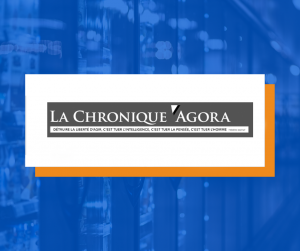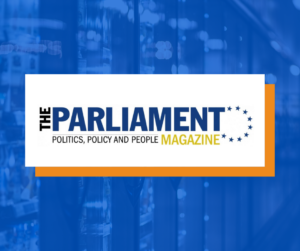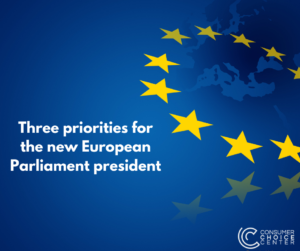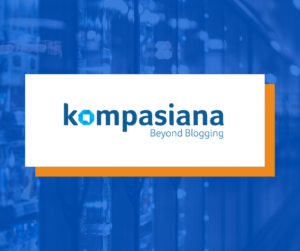- About Us
- Newsroom
- Research
- Policy Areas
- Podcasts
- Events
- Champs Night in Strasbourg
- Past Events
- Sweden is More Than Just IKEA
- The Path Forward: Liberal Democracies and Technology Policy
- Coping with uncertainty in a post-pandemic world
- FDA’s Menthol Melee: A CCC Session
- CANNABIS CONCLAVE BY CONSUMER CHOICE CENTER®
- Cannabis Conclave 2020
- Cannabis Conclave 2019
- Telecom and Media Innovation Summit
- Brand Freedom Day
- Media Roundtables: Does the WHO act
in the interest of Global Public Health?
- Donate

Digital Single Market
The Fourth Industrial Revolution is well underway, and the member states of the European Union have fallen behind China and the United States in developing the necessary infrastructure to fully leverage its potential. The strength of the EU is its diversity of cultures and languages, but in the case of innovation, this diversity is proving to be a barrier to scaling new developments. While trade in goods may be high, digital trade remains limited by lack of harmonisation in digital markets, and the interventions of certain states that make investment more cumbersome.
Failing to make the necessary investments to develop a 21st Century digital infrastructure in time will put the EU at a competitive disadvantage in global markets, hampering economic growth for the foreseeable future. At the foundation of technologies such as artificial intelligence and the internet of things, which promise huge gains in productivity, is the need for robust digital infrastructures and the accessibility of next generation bandwidth technologies.
The Consumer Choice Center’s Digital Single Market campaign seeks to better the existing digital foundations of the European Union by contributing to the liberalisation and harmonisation of the European Digital Market.

A single market that is not truly a single market.
DID YOU KNOW?
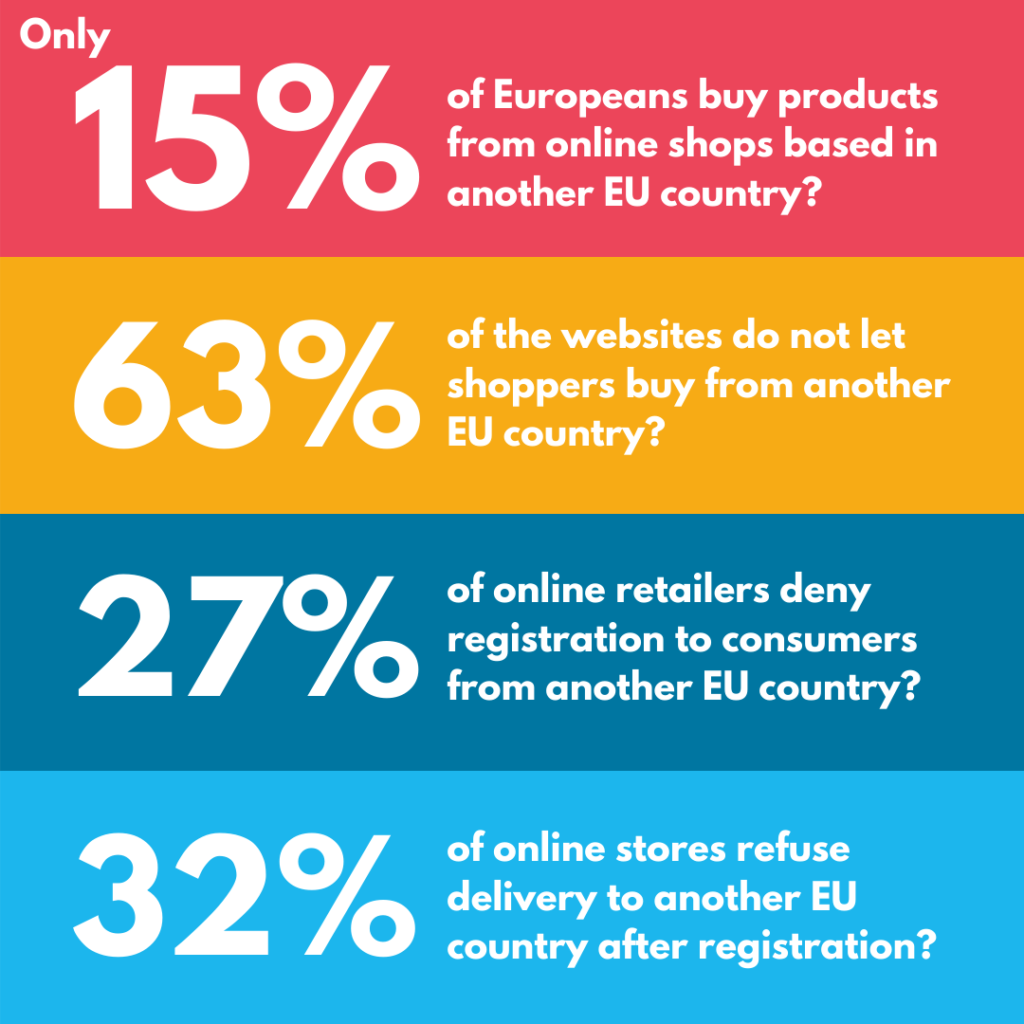
Watch the video:
Publications

Liberalising and Harmonising European Digital Markets Paper
By Luca Bertoletti & Ryan Khurana
On 10 October, Consumer Choice Center’s Luca Bertoletti and Bill Wirtz handed the Consumer Choice Center’s Digital Single Market Research Paper to the European Commission’s Head of E-Commerce.
Media Hits
Three priorities for the new European Parliament president
- January 17, 2022
- Agriculture, Blog, Digital, Energy




